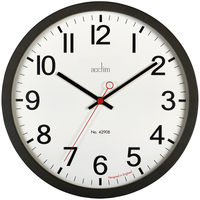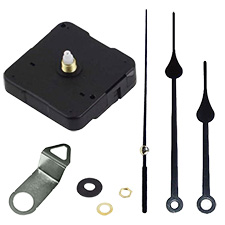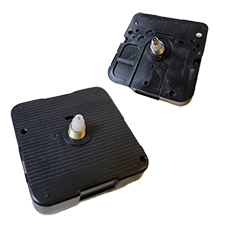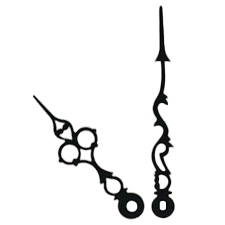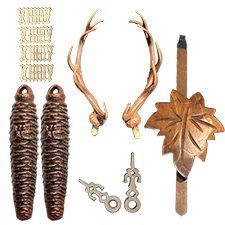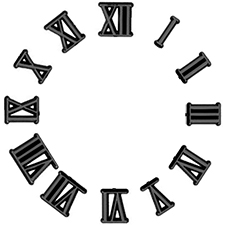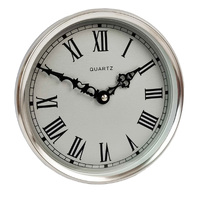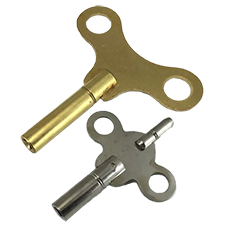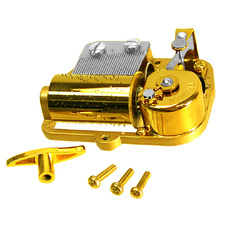A Quick Guide To Tide Clocks
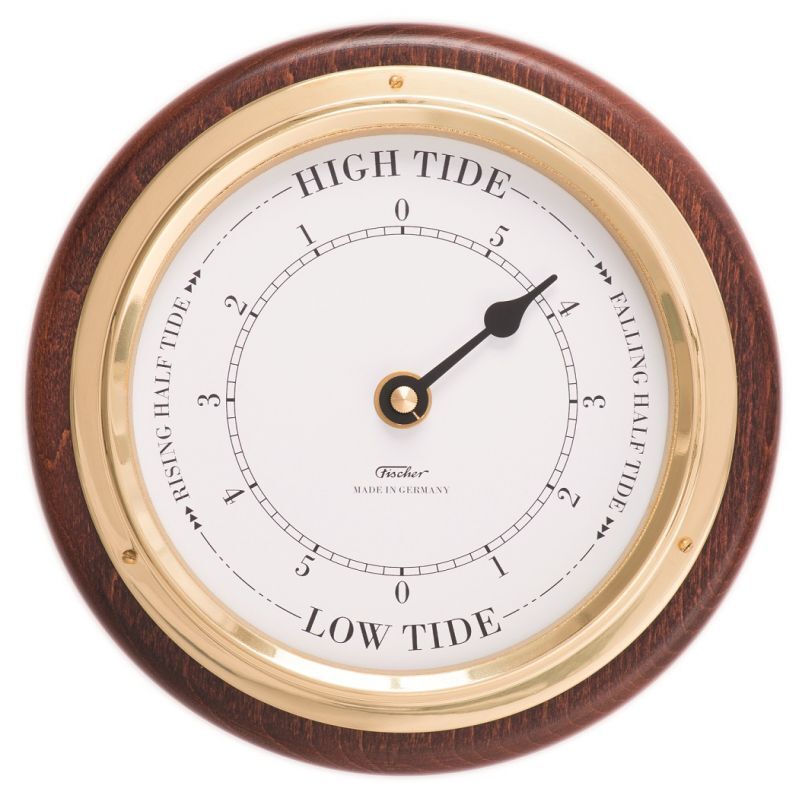
.jpg)
A tide clock is similar to that of a standard 12 hour clock, however there are a few key differences. Firstly, a tide clock takes a total of 12 hours and 25 minutes for the hand to make a full rotation around the dial. Secondly, the information on the dial is different. The dial on tide clocks don’t offer 12 indexes to divide up the hours in the day. Instead, the words high tide and low tide are displayed where 12 o’clock and 6 o’clock should be, and 5 through to 0 on each side of the clock’s dial. The clock hand rotates clockwise and counts down to the next tide in hourly intervals. So, if the clock hand is pointing to 5 on the right side of the dial, that will indicate that it is 5 hours until the next low tide.
Over the course of 1 lunar cycle (29.5 days), tide clocks are fairly accurate, however the movement will slowly lose time as it continues to run through consecutive lunar cycles. It is important to note that this doesn’t mean the tide clock is faulty. This is actually due to the physical nature of the tidal cycle and the construction of the tide clock’s movement having a 14 second deviation per tidal cycle.
Why Do Tide Clocks Lose Time?
Whilst a full tidal cycle goes for 12 hours, 25 minutes and 14 seconds, a tide clock operates on a 12 hour, 25 minute cycle, resulting in a deviation of 14 seconds. It’s also worth noting that a full tidal cycle of 12 hours, 25 minutes and 14 seconds equates to two high tides and two low tides in zones where tides are most regular- that is regions also known as semi diurnal zones. That 14 second deviation may not seem like much but it adds up to approximately 15 minutes difference at the end of a lunar cycle (29.5 days). Therefore, it is recommended to reset your tide clock at the start of each lunar cycle using information from your local tide charts for the best accuracy.
Factors To Consider With Tide Clocks
Other factors also affect the accuracy of tide clocks such as king tides and geographical location outside of a semi diurnal zone. One example of where the tides operate differently is the River Thames which has tidal sections where the tide tends to come in and go out at approximately the same rate, however the river bed causes friction in the water. This means that the tide comes in at a certain speed, and goes out at a slower speed, which in turn makes it harder to track correct tide times. In places such as the Thames, a tide clock would not function correctly due to unpredictable tide times.
It is not recommended to use a tide clock outside of a semi diurnal zone. You can reference the map below to see if a tide clock will be suitable in your area.
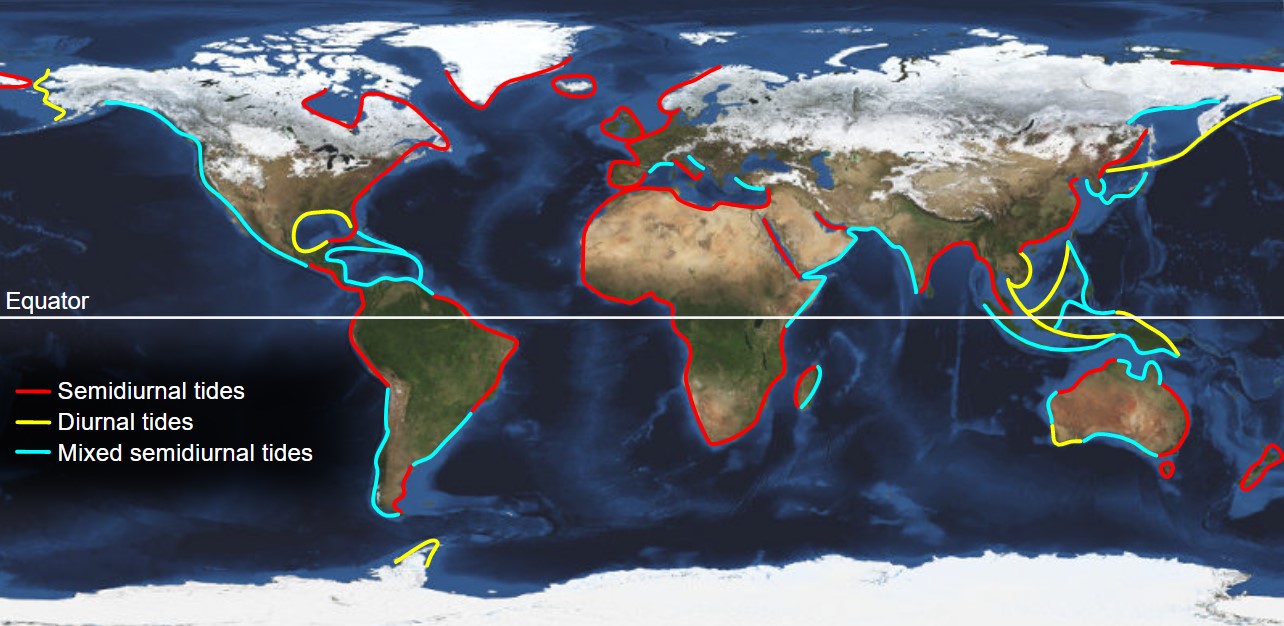
Image Credit: https://beltoforion.de/en/tides/tidal_cycles.php
Based on the information shown on the map above, one example of an area where a tide clock would not be suitable is most of the west and south coast of Australia (and cities such as Perth and Adelaide).
What Is A Time & Tide Clock?
A time & tide clock is simply a combination of both a standard 12 hour clock and a tide clock. The 12 hour clock operates exactly the same as any other analogue clock, and the tide clock operates exactly like any other tide clock. The dial on a time & tide clock shows a lot more information than each of its individual relatives, however all Fischer dials are easy to read and display all information effectively, which is something you’d expect from a German designed instrument.
Complete Weather Station Sets By Fischer.
Both tide clocks, and time & tide clocks by Fischer are available as part of a series in different styles and customizable sets with different weather instrument components. Customize your next stylish weather station set with the options of a matching barometer, hygrometer, thermometer, quartz clock, tide clock or time & tide clock today.


